This week: we tend to think of tea in terms of the tea ceremony and fancy culture, but what about lowbrows like me who like to drink our tea bottled from a vending machine? This week we’ll be looking at tea as a commodity, and how it became a staple of Japan’s consumer culture.
Sources
Farris, William Wayne. A Bowl for a Coin: A Commodity History of Japanese Tea
Higuchi, Yoshihiro. “History of the Development of Beverage Vending Machine Technology in Japan.” National Museum of Nature and Science: Survey Reports on the Systemization of Technologies Vol.7, March 2007
Howell, David. “Hard Times in the Kanto: Economic Change and Village Life in Late Tokugawa Japan.” Modern Asian Studies 23, No 2 (1989)
Images
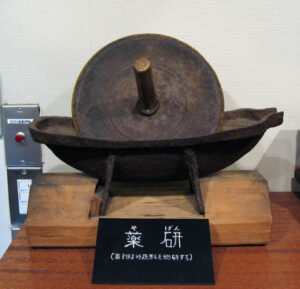

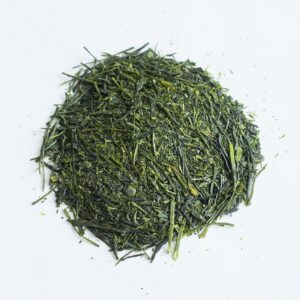
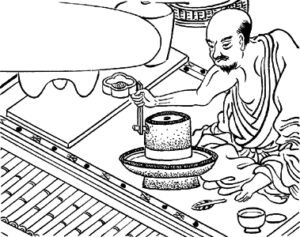
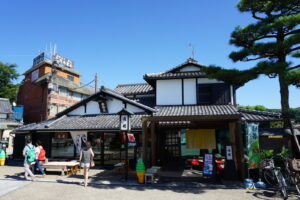
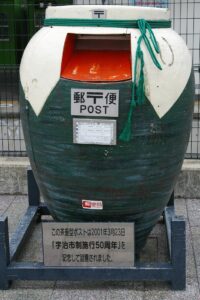
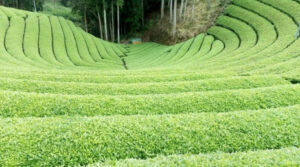
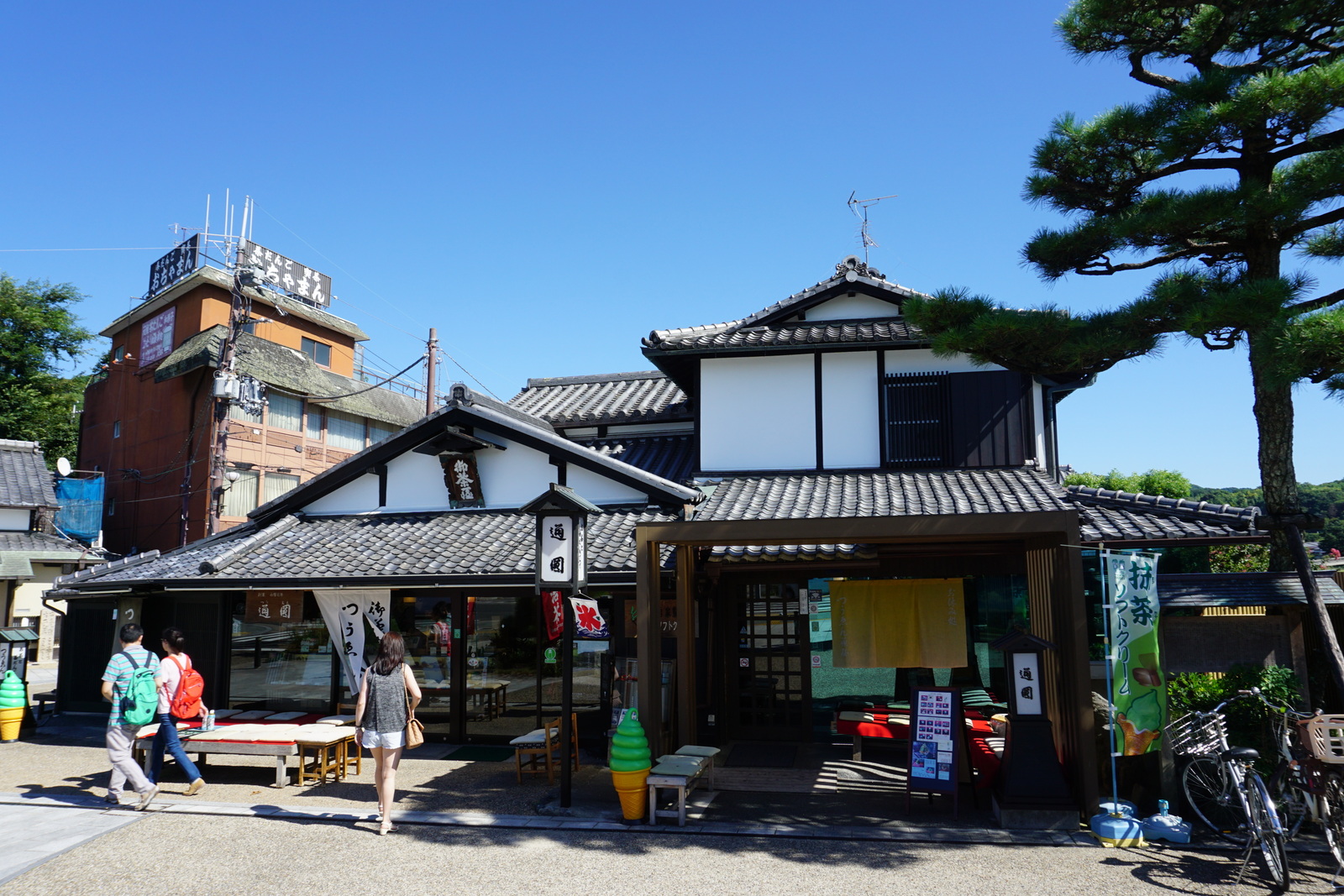
Matcha is just too bitter for me, so finely ground may not be better. Sencha and genmaicha are GOAT.